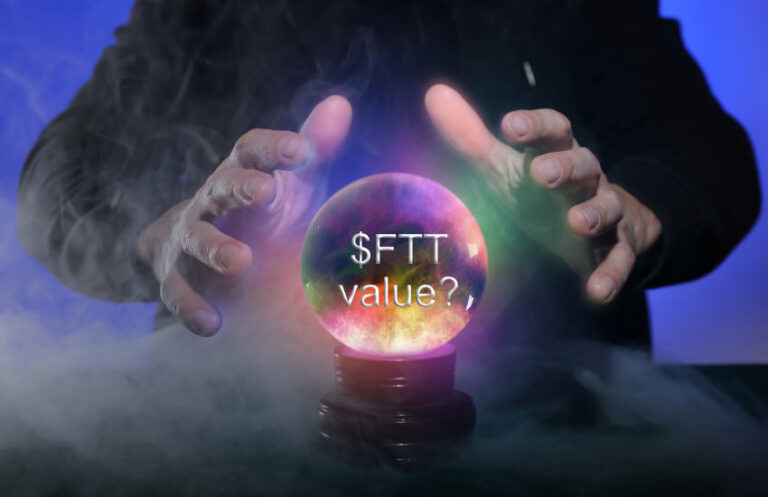
Source: www.ledgerinsights.com
Over the weekend, the Financial Times published a balance sheet purported to be from FTX International and compiled by former FTX chief executive Sam Bankman-Fried. It is clear from the document that when clients bought tokens that they “held” on the exchange, FTX only kept a small proportion of the assets that matched those tokens. The valuations given to some of the tokens on the balance sheet are fictitious.
It highlights that there is still a lot of work to be done after the decision by the American accounting body FASB that token valuations should be adjusted to the market. The two biggest fantasies are how FTX treated its own token and the value of other tokens that aren’t circulating yet.
For two weeks, according to SBF, these assets were on the balance sheet for a value of $9 billion. Even on this recent balance sheet, they show up as $3.4 billion when they should be close to zero.
There has been a lot of talk about FTX leveraging its own FTT token and using it as collateral. Much of this is based on the obvious risk that the value of the token could hit zero. So far it’s down from $22 to $1.60.
But there’s more than that.
Why the FTT token is not an FTX asset
The FTT is accounted for as an asset. It really shouldn’t be in the balance at all. And some might even consider it a liability.
As a utility token, one of the benefits provided to FTT token holders is discounts on FTX trading fees. There was also the usual ‘tokenomics’ with FTX ‘buying’ and burning FTT equivalent to a third of all exchange fees, theoretically to restrict token supply and increase the market price. Additionally, FTX allowed exchange users to use FTT as collateral for trading.
The strange thing here is that FTX represents FTT as an asset because it is a tradable token and therefore has ‘value’. You are not alone in the crypto community. But outside of the crypto world, the token would not be on the balance sheet. If it were, it could be considered a liability because FTX owes future trading fee discounts to its customers.
Let’s say Starbucks sold a million $10 gift cards to its customers. Starbucks gets $10 million in cash, and the other part is a $10 million liability to customers. When gift cards are redeemed, the liability is reduced and coffee purchased with the card is recognized as a sale. So the gift cards being sold are more like a customer prepaid.
But today, many token issuers skip the ICO or IDO, so they don’t sell the tokens to avoid violating securities laws. Instead, they give away the chips. In which case, perhaps a token is closer to a coupon that offers you a discount on goods or services. Where do real world companies place coupons on the balance sheet? they don’t. When a coupon is redeemed, the sale is recognized in the usual way and the discount is an expense.
If FTT had not been a crypto token and instead a coupon, it would not be on the balance sheet at all. Alternatively, if it is a security, a company never has its own shares as an asset.
This is not the first time that token issues have been raised. Animoca Brands, the most prolific investor in NFT gaming and infrastructure, had its shares suspended in 2019 from the Australian stock exchange ASX over token accounting issues. In June this year, it was fined by securities regulator ASIC for failing to publish accounts as a public company. Despite firing Grant Thornton as its auditor, it has since attracted investment from Japan’s largest bank, MUFG, and Singapore’s government-owned investment firm, Temasek.
To be fair to Animoca, in his latest accounts, did not put their own reserve tokens on the balance sheet. That’s despite the company estimating the value in the billions. Even if the tokens are not on the balance sheet, investors treat them as if they are.
Tokens locked or yet to be issued
The second FTX balance fantasy relates to locked or yet to be issued tokens. Many token issuers have massive issuances, but look to distribute tokens over the years. On FTX’s balance sheet, SERUM and MAPS tokens appear as assets at many times the current total token market capitalization valuation. The MAPS token is listed on the balance sheet with a value of $616 million, more than a hundred times the token’s current market capitalization of $5.7 million.
Extrapolating the (small) value of the current tokens to a supply more than a hundred times larger does not make sense. If a public company had 100,000 shares in issue and suddenly issued another 10 million shares, would the share price stay the same? Do not be ridiculous.
Read More at www.ledgerinsights.com